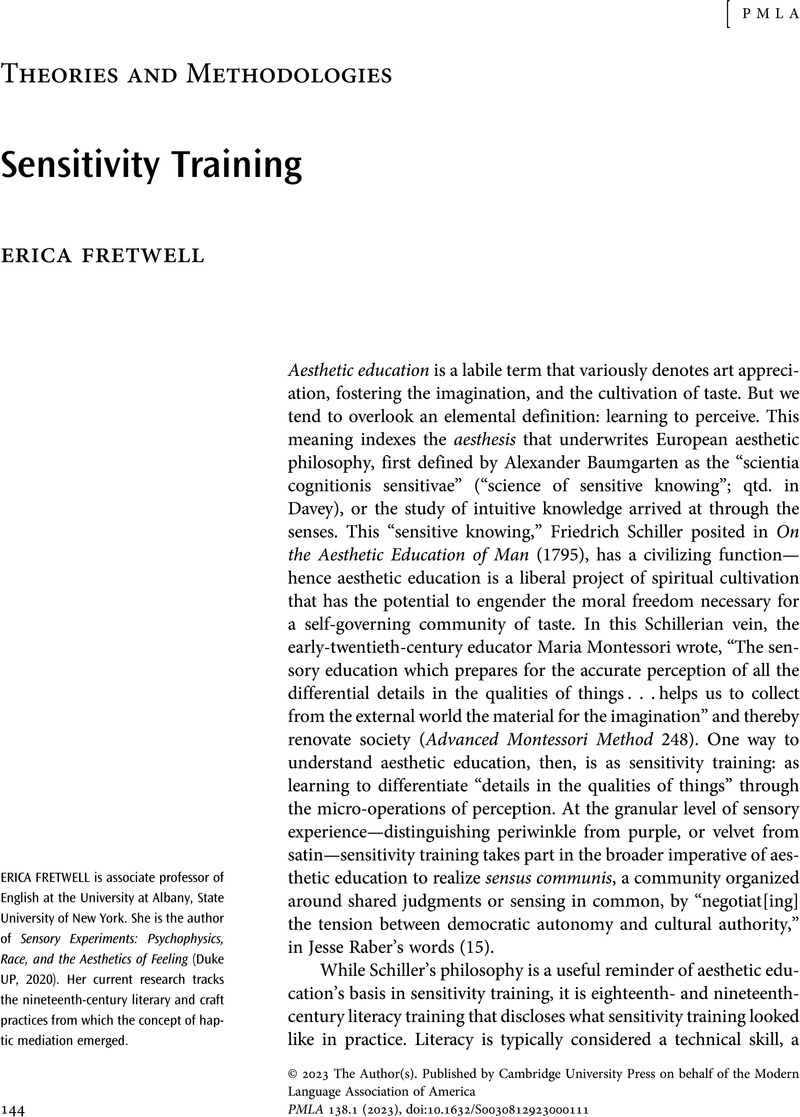Crossref Citations
This article has been cited by the following publications. This list is generated based on data provided by Crossref.
Constantinesco, Thomas
Lurie, Peter
and
Fretwell, Erica
2023.
“Feeling and Knowing”: An Interview with Erica Fretwell.
Transatlantica,
Vol. 2,
Issue. ,
Constantinesco, Thomas
and
Lurie, Peter
2023.
Introduction: What Does American Literature Feel Like?.
Transatlantica,
Vol. 2,
Issue. ,



